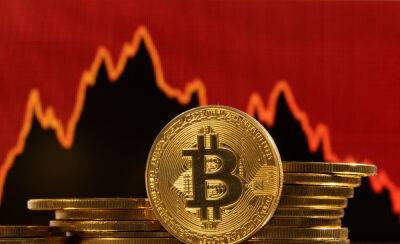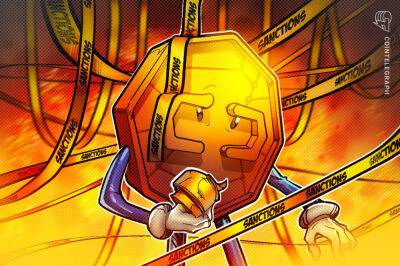China growth lags Asia-Pacific for first time in decades as World Bank cuts outlook
Covid-zero policies and the housing market crisis have put China’s economic growth behind the rest of the Asia-Pacific region for the first time in more than 30 years, according to World Bank forecasts.
In a biannual report released on Tuesday, the US-based institution said the annual growth outlook for East Asia and the Pacific region had been downgraded from 5% to 3.2%. However much of that decline was down to economic woes in China, which constitute’s 86% of the region’s economic output.
The World Bank forecast GDP growth in China – the world’s second largest economy – of just 2.8% for 2022, while the rest of the 23-country region was expect to grow 5.3% on average, more than double 2021’s 2.6% rise. China’s divergent path put its GDP growth behind its neighbours for the first time since 1990.
The World Bank said high commodity prices and a post-pandemic rebound in domestic consumption were driving the Asia Pacific rise. But China’s strict commitment to its zero-Covid policy had disrupted industry as well as domestic sales and exports, the World Bank said.
A crisis in China’s housing and property development sectors has also worsened conditions. In August, new home prices in 70 Chinese cities fell by a worse-than-expected 1.3% year on year, according to official figures, and nearly a third of all property loans are now classed as bad debts.
In 2021 Chinese government figures put its annual GDP growth at 8.1% – the country’s best in a decade, and predicted 5.5% for 2022. This year the World Bank had forecast a slowdown, with growth at just 5%, until Tuesday’s report decreased it even further. For 2023, the world’s second-largest economy was seen growing at 4.5%.
China’s government is just weeks away from its most important
Read more on theguardian.com


















